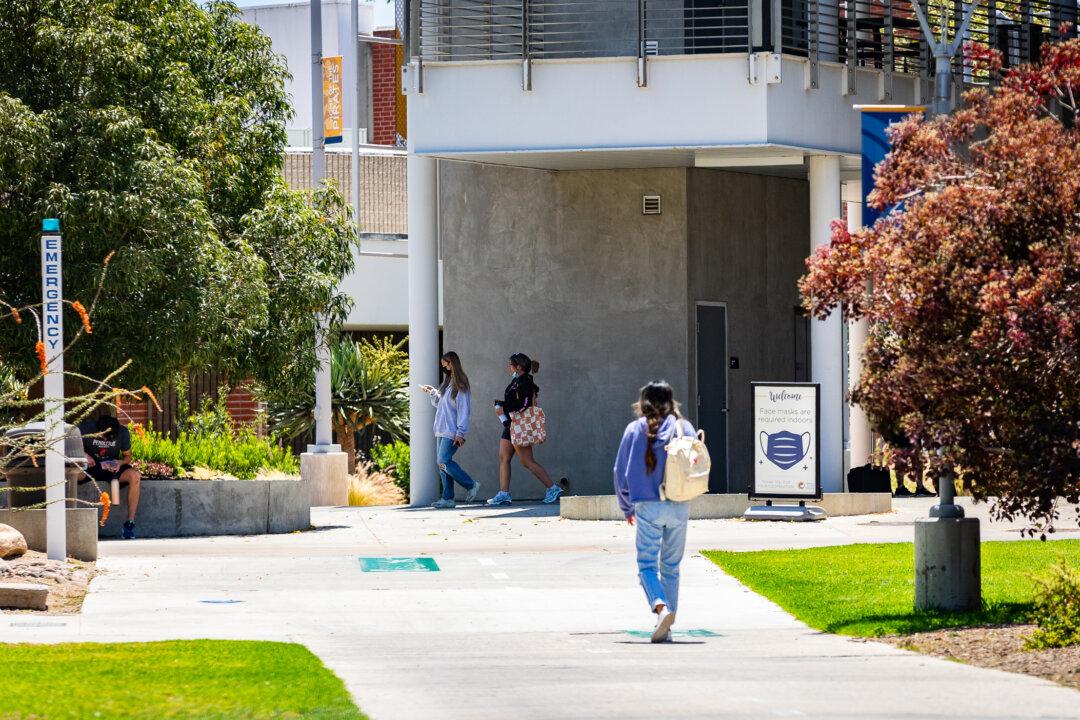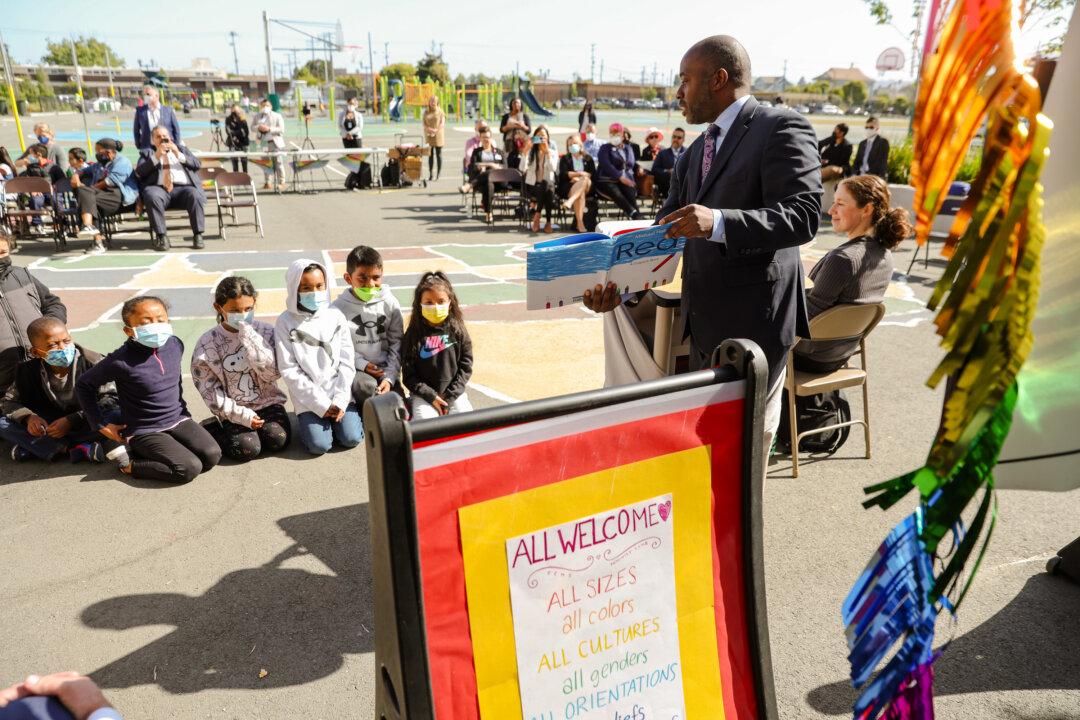Enrollment in California’s community colleges is at its lowest in 30 years, after an 18 percent drop from pre-pandemic levels in 2019.
The state’s 115 community colleges have lost about 340,000 students over the past three years, according to enrollment data released by the California Community Colleges Chancellor’s Office.





